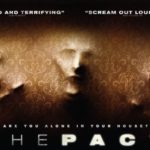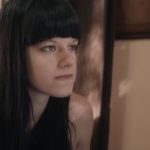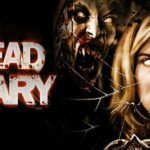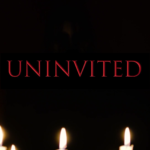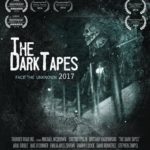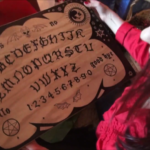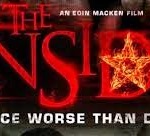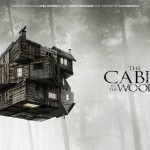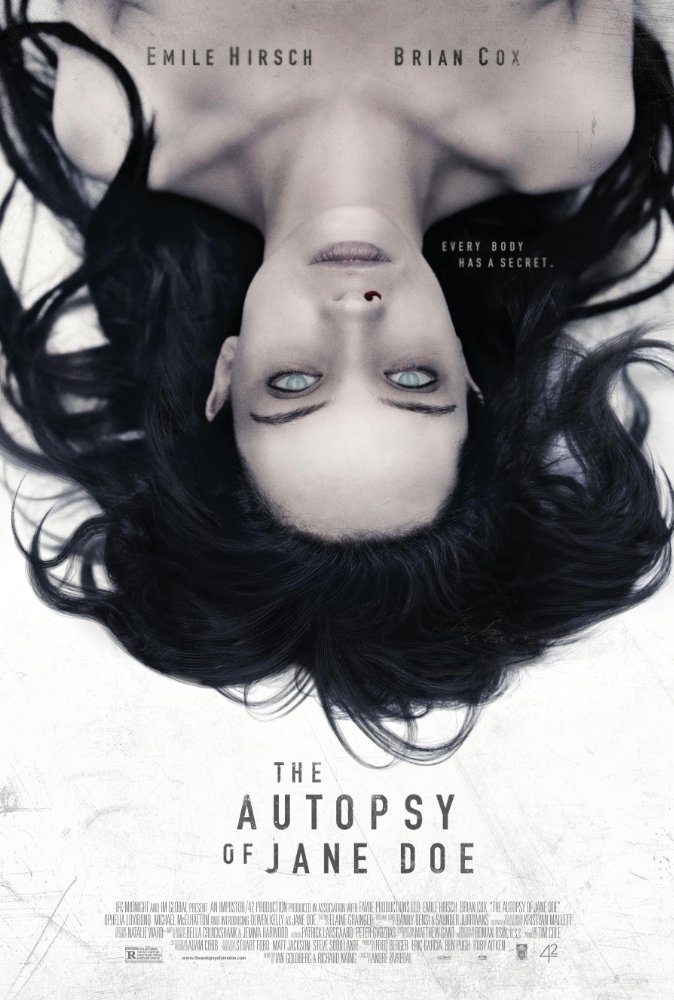
I have used the word “visceral” to describe many horror films fully deserving the term’s meanings: “1. felt in or as if in the internal organs of the body, 2. of, relating to, or located on or among the body organs.” However, NEVER, before The Autopsy of Jane Doe, have I seen a movie so truly visceral, in every sense of the word, by every definition. This is a movie that, indeed, produces a “gut feeling” never stronger, never deeper, and never more thoroughly organic. With this, The Autopsy of Jane Doe (from Trollhunter director André Øvredal) raises the bar for “visceral” horror to new levels—or, as a better analogy, lowers the scalpel to new depths. Yes! Do we have a forensic body-horror classic in the making? Perhaps!
What’s it all about? During an opening that looks like a home-invasion murder scene, police discover, in the basement, the corpse of a young woman, half-buried, without a blemish on her body. (Yes! It gets creepy really fast!) A father (Brian Cox) and son (Emile Hirsch), both coroners, begin an autopsy, with orders for a cause of death by morning. From here, maybe the old adage, “beauty is only skin deep” has never been so true. As the examiners cut deeper into Jane, flesh and organs reveal mysteries and horrors unimaginable. Are we also dealing with supernatural forces? Of course!
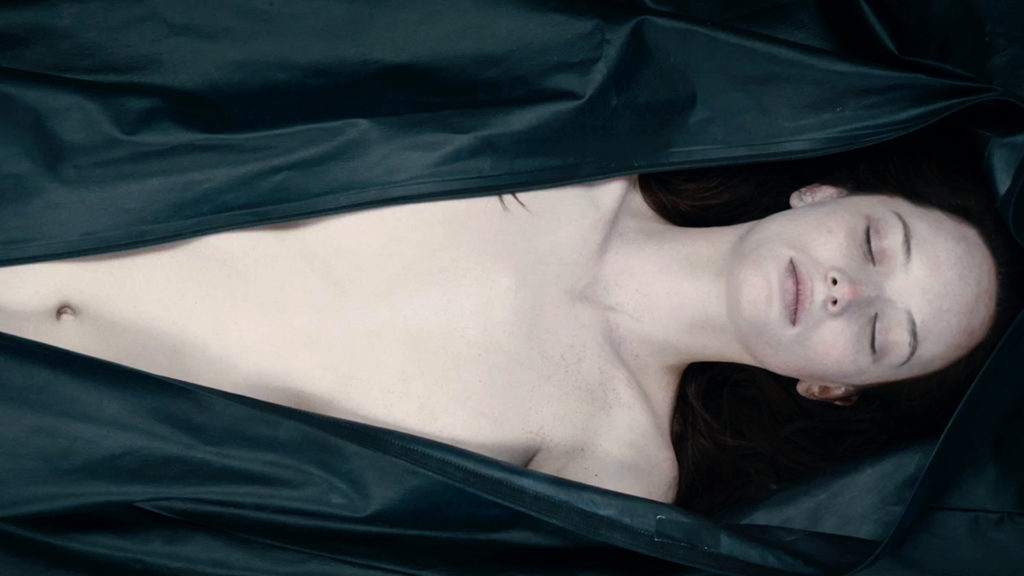
The Autopsy of Jane Doe (hereafter referred to as TAOJD, for brevity) also features what is, without a doubt, the most beautiful corpse ever to star in a movie, with nearly as much screen time as the living. (The only other memorable movie corpse in my mind is Sheryl Lee—as Laura Palmer–from Twin Peaks.) In TAOJD, actress Olwen Catherine Kelly is the paragon of post-mortem perfection, captivating in every scene, doing no more than lying on a gurney. Cut, autopsied, and examined, she steals show, never saying a word. With such an exquisite corpse, a routine examination looks more murderous and brutal than medical and professional.
“There used to be a time it was hard to tell a comatose person from a dead one, so coroners tied bells to everybody in the morgue. So if they heard a ‘ting,’ they knew somebody down there wasn’t quite ready to go.” ~ Tommy
One of the most haunting elements of TAOJD is exactly with the perfection of movie’s arguable main character, Jane Doe. Aside from her beauty, it is repeatedly disturbing to see what appears to be (yes, on the outside) a totally healthy young woman, with a complexion to die for (no pun intended), and a flawless body, lying on a gurney being butchered. Each time we see her (especially closeups of her face), we expect her to open her eyes, to sit up, to talk, and be alive. With this, everything appears as the opposite of what it really is…or does it? Is she really dead? Does her vibrant appearance reveal a truth, yet undiscovered? Will we, perhaps, hear an ankle bell “ting” soon enough?
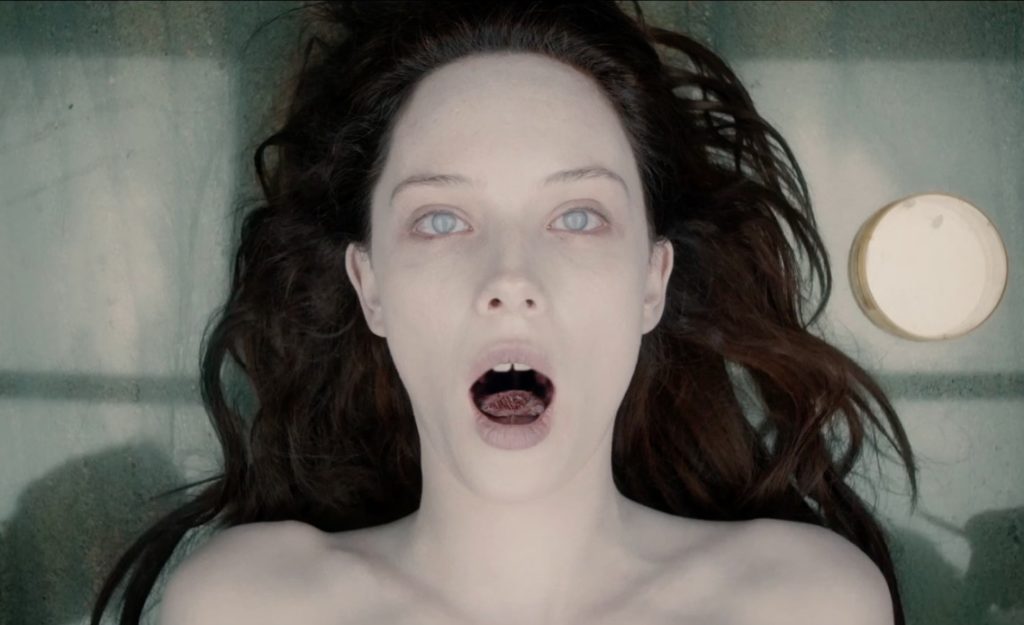
Dead men (and women) tell no tales…especially without tongues!
One of the many great things about TAOJD is the way the writers (Ian B. Goldberg and Richard Naing) keep the characters smart. Here, there are no horror-film fools doing dumb things, hastening their deaths for the audience. Instead, we have two intelligent men, doing a their job, rationalizing irrational things, only to the extent that it is possible. Once evidence reveals truths beyond what is possible in the real world, the father and son waste no time reacting as anyone should. Further, characters remain in dangerous situations, after they know better, only for reasons beyond their control. Yes! A smartly-written script keeps characters smart, without compromising the horror. What a great idea…in an example so rarely set! As Tommy says, at just the right time, “Let’s get the fuck out of here.”
“All these mistakes… my mistakes… and you had to pay for them.” ~ Tommy
Speaking of characters, Brian Cox and Emile Hirsch are fully dedicated to their roles as father-and-son coroners Tommy and Austin Tilden. As professionals basing conclusions on facts rather than superstition, they convince us totally, keeping an increasingly surreal movie well-grounded in reality. Owning their roles, Cox and Hirsch lead us to otherwise unbelievable places, with measured, logical progression. Their business-as-usual attitudes and low-key performances contrast perfectly with the most unusual events they experience, highlighting the horror. With them, a movie about a dead girl becomes truly terrifying…and believable!
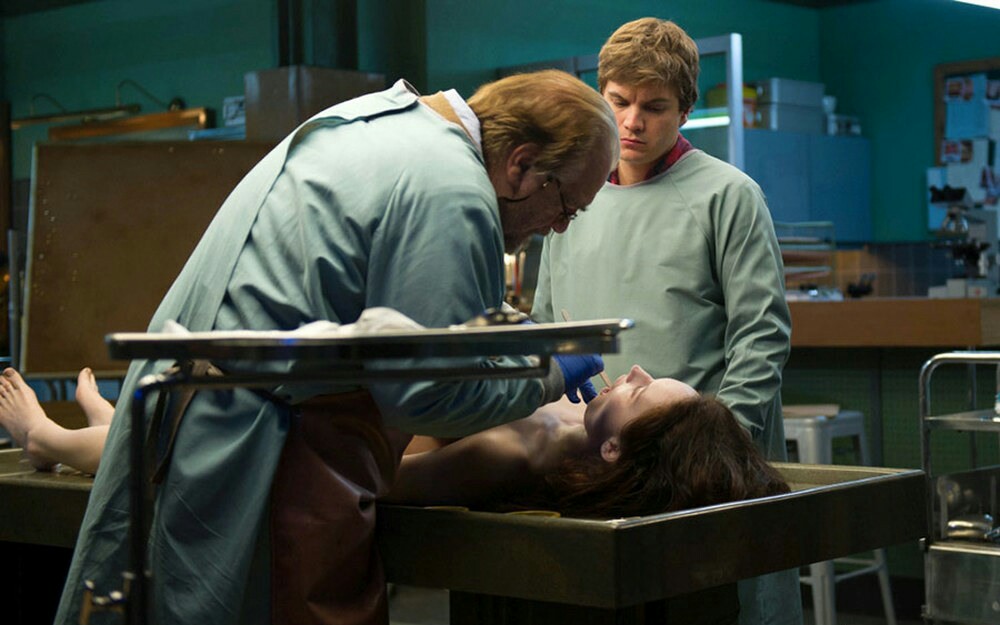
Tommy (Brian Cox) and Austin (Emile Hirsch) beginning The Autopsy of Jane Doe
Also refreshing is how the movie doesn’t overexpose us to the supernatural, making us too familiar with it, thus reducing the horror. It is seen, heard, and even felt with force, but never too much. The monsters of the movie are seen briefly, in shadows and pulsing light; they are heard in subtle ways, obvious to us sometimes before the characters. A radio that switches channels on its own, playing oddly happy music, is profound but understated as a warning, most effective with its irony. Thus, ever-haunting fear and mystery remain!
“This amount of lung damage, though, I’d expect the body to be covered in third degree burns. It’s like finding a bullet in a brain, but with no gunshot wound.” ~ Tommy
Are there more exceptional elements of TAOJD? Yes…and perhaps one that is most important: characters don’t underreact to the death of those about whom they care. Too often, in horror, people get killed and those who should care more don’t. Or, too often, people who kill others accidentally recover too quickly, leaving audiences thinking “What the f#@k!” In TAOJD, that mistake (and such thoughts) don’t happen. While I won’t tell you who gets killed, by accident or otherwise, I must praise the uncommon realism with which it is handled by characters here.
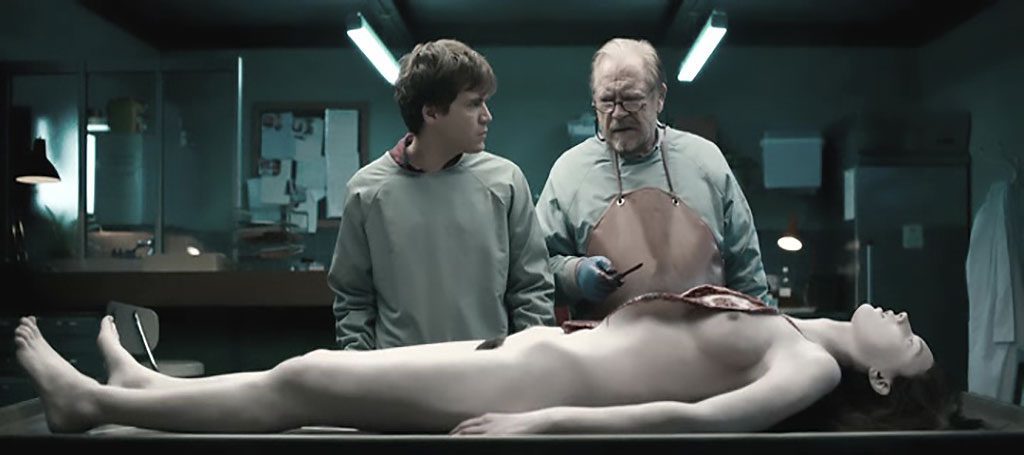
What about the gore? This is a horror film titled The Autopsy of Jane Doe. Thankfully, it’s also R-rated and doesn’t sell out to PG-13 audiences for profit. Thankfully, scalpels cut deep, just as they should in an autopsy. Organs are removed and examined, coroner procedures are followed, and blood flows copiously! (Yes! You read that correctly!) Even the prop cadaver of Olwen Catherine Kelly is a most realistic stand in, well stocked with entrails–albeit, surely from the local butcher. Such realism–of the corpse, the cutting, the blood, and the viscera–combined with the supernatural, creates a powerful atmosphere and one we all dread: the eventuality of death, with unthinkable violations of the flesh. Yes! Giving the middle finger to PG-13, TAOJD delivers guts and gore generously, never breaking faith with its literal title, never disappointing our expectations.
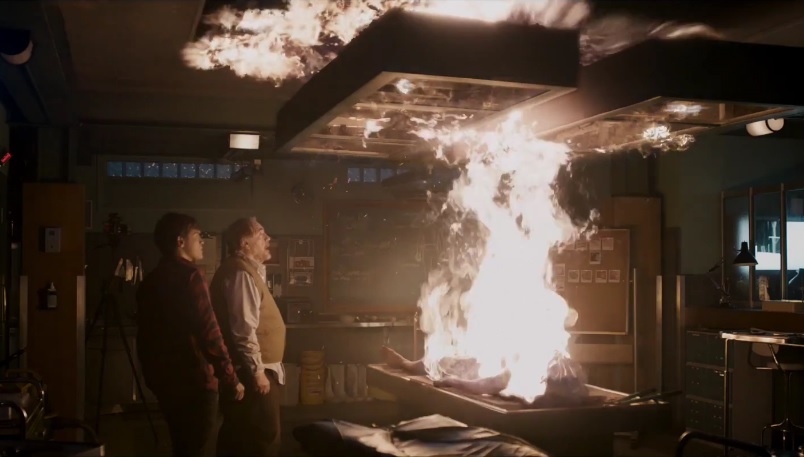
What the f#@k! Like a corpse with its tongue cut out, I’m not telling!
Do questions remain? As with all good movies, of course. It’s always better for people to want to know more than to have it all handed to them. The imagination is a far more terrifying thing than established fact. Aware of this, TAOJD gives the imagination plenty to wonder about, long after the end. Who was Jane Doe in life? How did she did die? What did she do to deserve such torture, or why was she chosen as a victim? Was she really a witch (or a woman accused of being one) from 17th century New England, from the infamous trials we all know? What horrors are written in her flesh, seen in her eyes, and told with her tongue…wherever it is? How many more coroners, unsuspecting, will look for her COD before she’s DOA? Will there be a sequel: The Autopsy of Jane Doe 2? Will cadaver ankle bells come back in style, possibly born of fears resurrected in The Autopsy of Jane Doe?
Most importantly, do I now want to see the critically-acclaimed corpse, Olwen Catherine Kelly, in more movies, particularly a few with her alive, breathing, talking, and really acting? Yes, absolutely! However, opportunities for that are currently very limited. On IMDb, Kelly has only four credits in her filmography, with one of them–Why Life Sucks When You’re in Your 20s–listing her only as “Girl in short skirt” (surely with less screen time than Jane Doe). In a 2014 film–Darkness on the Edge of Town–her character gets killed in the beginning of the movie! The most recent film starring Kelly–Winter Ridge (2017)–is about about a detective whose wife is in a coma. (Yes! I know what you’re thinking.) Hopefully she’s not the wife in a comma; this would be too much like her being a dead girl…again. With her memorable performance in the mortuary, however, I’m thinking we’ll see more of Kelly doing some acting soon. But, I’ll keep my fingers crossed anyway.
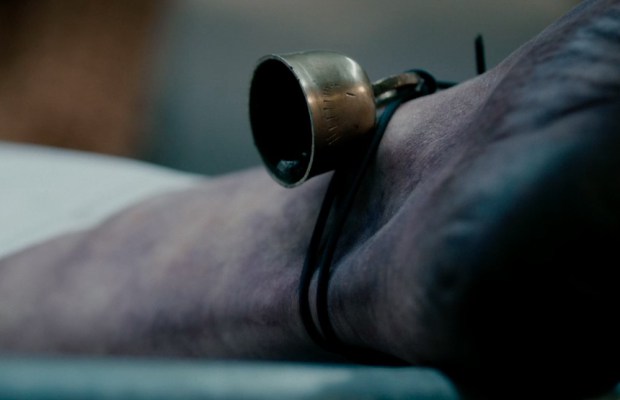
Yes! Ankle bells might not be such a bad idea, after all. You never know!
With all of the questions (and my fondness of Olwen Catherine Kelly) my conclusion should be obvious. I absolutely loved The Autopsy of Jane Doe…albeit for reasons of objective cinematic exceptionalism, overall. Rarely do I see a horror film that captivates me as much, impressing me with so many things done right. Unsettling audiences in ways that linger, in ways that become memories, is its success. Yes! The Autopsy of Jane Doe has the guts, literally, to cut deeply, serving horror in prime cuts, fresh and bloody. Exhumed is the corpse of our collective consciousness, brought to life in nightmares and waking terrors. With that, as Tommy says, “Let’s get the fuck out of here!”
The Autopsy of Jane Doe also stars Ophelia Lovibond (as Emma), Michael McElhatton (as Sheriff Burke), Jane Perry (as Lietenant Wade), and Parker Sawyers (as Trooper Cole). It is written by Ian B. Goldberg and Richard Naing.

Rocket Rating – 9
Chris Rennirt (the author of this review) is a movie critic and writer in Louisville, Kentucky, as well as editor in chief at Space Jockey Reviews. He has been a judge at many film festivals, including Macabre Faire Film Festival and Crimson Screen Film Fest, and he attends horror and sci-fi conventions often. Chris’ movie reviews, articles, and interviews are published regularly on Space Jockey Reviews and in Effective Magazine. His mission statement (describing his goals as a movie critic and philosophy for review writing) can be found on the “Mission” page, here at SJR. For more information about Chris Rennirt (including contact details, publicity photos, and more), click here.
You may also like these!
